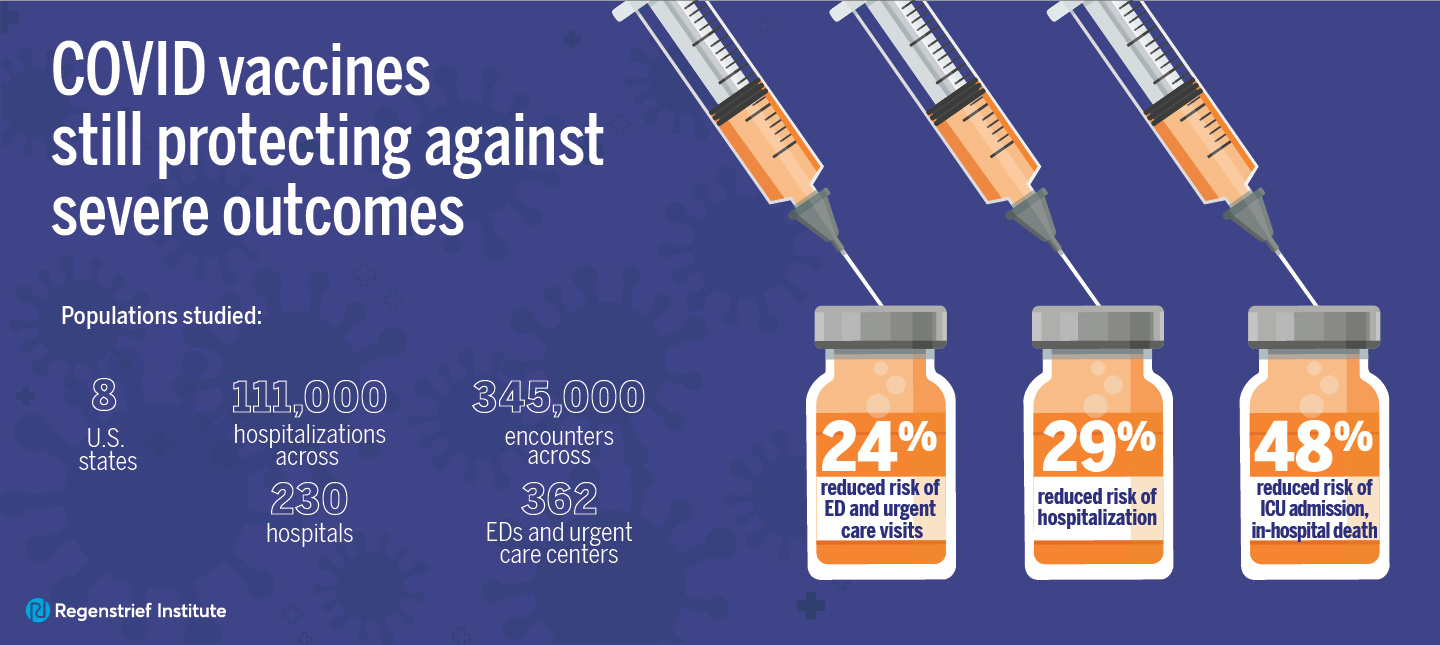FIT and other cancer screening tests not designed for diagnosis
A clinical research study from Indiana University School of Medicine and the Regenstrief Institute examines the use, in emergency and inpatient settings, of FIT (fecal immunochemical testing), which looks for blood in stool, a possible sign of colorectal cancer. The researchers conclude that FIT should only be used for its validated indication of colorectal cancer screening and should not be used for evaluation of gastrointestinal bleeding, abdominal pain or iron deficiency anemia and other symptoms or problems that bring individuals to the hospital.
“FIT is a cancer screening tool, not a test for symptoms, for example, symptoms such as rectal bleeding, abdominal pain, or a change in bowel habit,” said study co-author Thomas F. Imperiale, M.D., of the Regenstrief Institute and IU School of Medicine. “Obtaining a FIT from an ED [emergency department] patient or an inpatient would be like ordering a mammogram or PAP smear for a woman in the hospital for pneumonia, heart failure or cellulitis. It is simply not appropriate in this setting. You don’t do a FIT in the hospital or inpatient setting where clinicians need to focus on active clinical problems and their outcomes rather than on screening.”
Patient history, physical examination and diagnostic tests are critical to care in the hospital but FIT has no role in making a diagnosis of these patients, according to Dr. Imperiale. Additionally, he notes, the potential exists for the false positive risk in patients presenting with symptoms and higher false negative risk (i.e. that something of clinical importance will be missed).
A review of electronic medical records (EMRs) by the study authors showed that 203,667 patients were either evaluated in the emergency department or admitted to the hospital from November 2017 to October 2019, during which time only 550 FITs were identified. While these results indicate that only a very small number received FIT tests in emergency or inpatient settings, administration of the test was inappropriate in 99 percent of the cases.
Further work is needed, Dr. Imperiale observes, to determine how often and in what type of hospitals – rural, community, inner city or others – FIT is used in emergency and inpatient settings. He notes using FIT in the emergency or inpatient settings not only fails to improve healthcare, it can lead to unnecessary downstream costs.
The study “Not FIT for Use: Fecal Immunochemical Testing in the Inpatient and Emergency Settings” is published online ahead of print in The American Journal of Medicine. The research was supported by the Department of Medicine of IU School of Medicine.
Co-authors of the study are Umer Bhatti, M.D., a gastroenterology fellow who designed the study; Claire Jansson-Knodell, M.D.; Akira Saito, M.D.; Andrew Han, M.D.; Edward Krajicek, M.D.; Yan Han, M.S, PhD and Nabil Fayad, M.D., all of whom were or are members of the Division of Gastroenterology and Hepatology, Department of Medicine, IU School of Medicine.
About Thomas F. Imperiale, M.D.
In addition to his role as a research scientist at Regenstrief Institute, Thomas F. Imperiale, M.D., is a core investigator for the U.S. Department of Veterans Affairs Health Services Research and Development Center for Health Information and Communication, Richard L. Roudebush VA Medical Center. He is the Lawrence Lumeng Professor of Gastroenterology and Hepatology at Indiana University School of Medicine and a member of the Indiana University Melvin and Bren Simon Comprehensive Cancer Center.
About Regenstrief Institute
Founded in 1969 in Indianapolis, the Regenstrief Institute is a local, national and global leader dedicated to a world where better information empowers people to end disease and realize true health. A key research partner to Indiana University, Regenstrief and its research scientists are responsible for a growing number of major healthcare innovations and studies. Examples range from the development of global health information technology standards that enable the use and interoperability of electronic health records to improving patient-physician communications, to creating models of care that inform practice and improve the lives of patients around the globe.
Sam Regenstrief, a nationally successful entrepreneur from Connersville, Indiana, founded the institute with the goal of making healthcare more efficient and accessible for everyone. His vision continues to guide the institute’s research mission.
About IU School of Medicine
IU School of Medicine is the largest medical school in the U.S. and is annually ranked among the top medical schools in the nation by U.S. News & World Report. The school offers high-quality medical education, access to leading medical research and rich campus life in nine Indiana cities, including rural and urban locations consistently recognized for livability.









